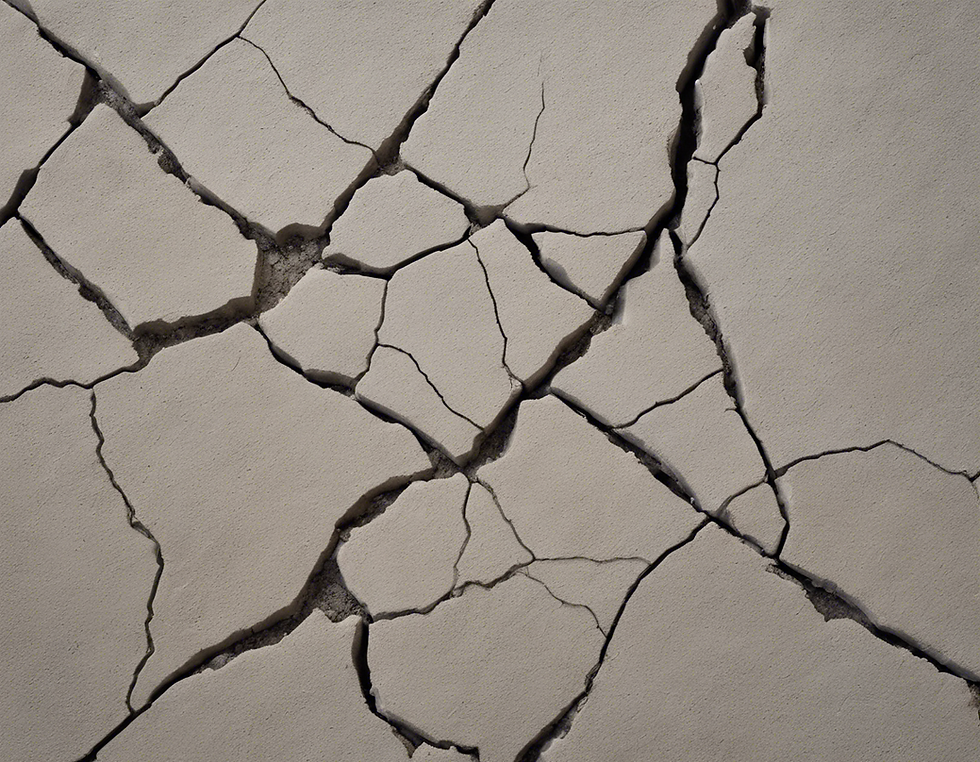ASR in Concrete Asset Management
- mggilbertson
- May 30
- 1 min read

The Silent Killer in Concrete: How ASR Can Destroy Your Assets—and What to Do About It
Intro:
Alkali-Silica Reaction (ASR) is one of the most misunderstood threats to concrete durability. It leads to cracking, expansion, and long-term structural decline—and it's affecting infrastructure worldwide.
If you're seeing unexplained cracking or poor performance in your concrete assets, ASR may already be at work.
What Is ASR?
ASR is a chemical reaction between alkaline cement paste and reactive silica in aggregates. The result: expansive gel that causes cracking, spalling, and eventual structural damage.
Early Warning Signs of ASR:
Map cracking and surface crazing
Leaching or exudation
Joint distortion or movement
Premature loss of load capacity
How ASR Is Mismanaged (and Why It Costs Millions):
Many owners misguidedly use surface coatings to remediate ASR and experience years of costs to maintain appearances while ASR continues degradation within the concrete matrix, all the way to rebar.
Most owners discover ASR when it’s too late—when concrete needs full replacement. Without early detection and proper mitigation, it turns from a maintenance issue into a capital crisis in concrete asset management.
What You Can Do:
Get a specialized ASR assessment
Implement mitigation (e.g., penetration treatments and site-specific solutions)
Monitor your structure using tailored asset plans
Prioritize affected structures with lifecycle cost analysis




Comments